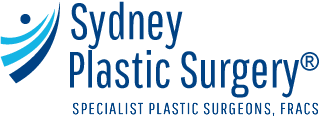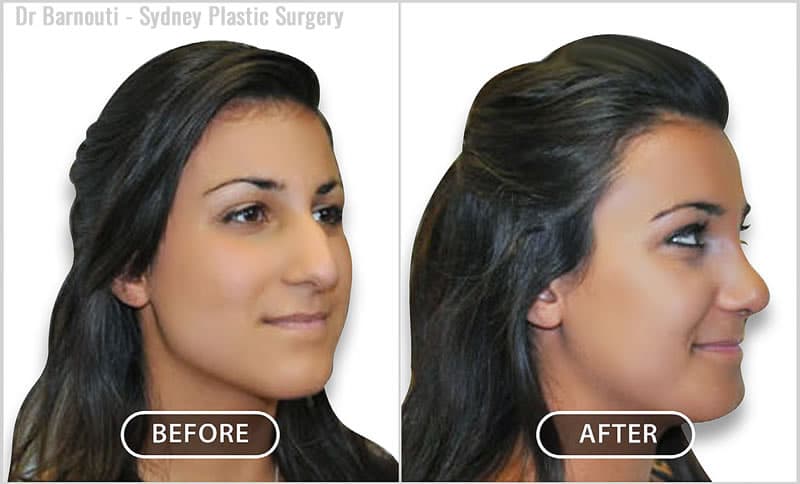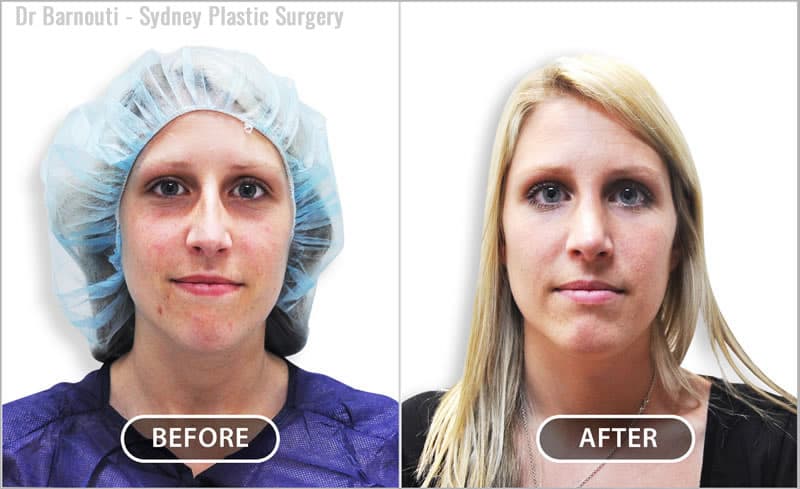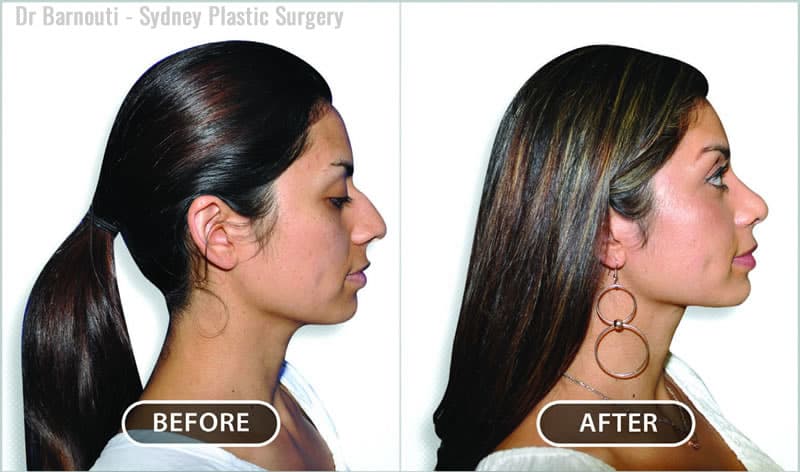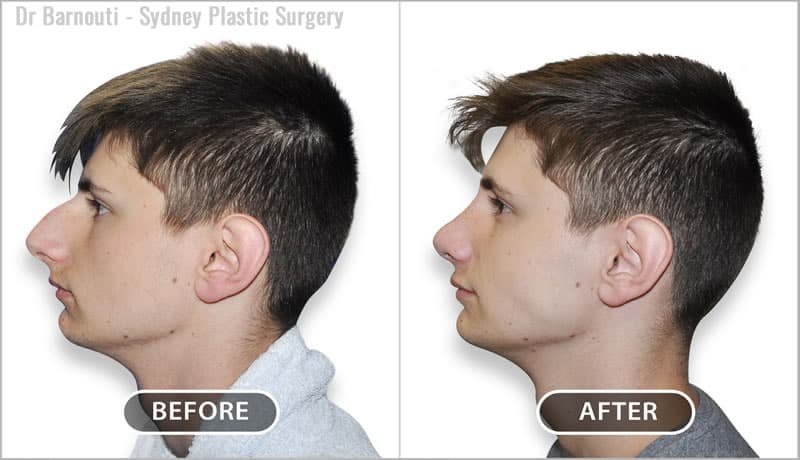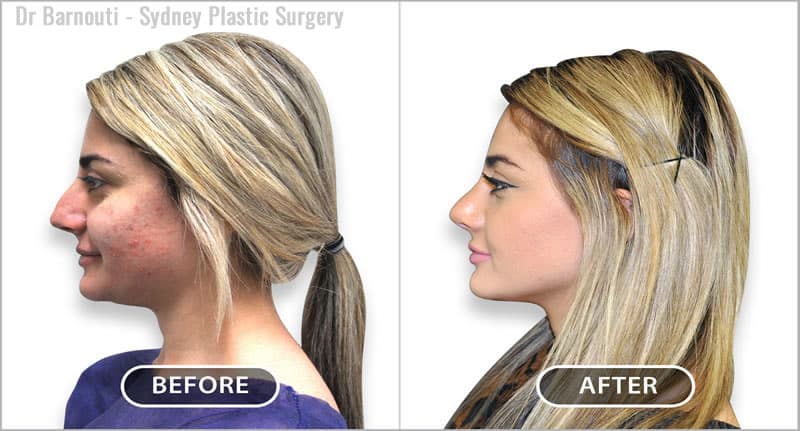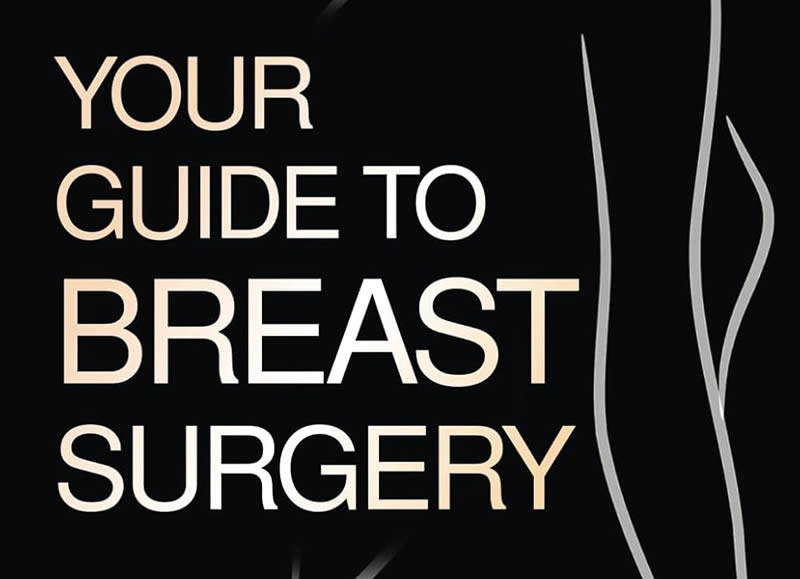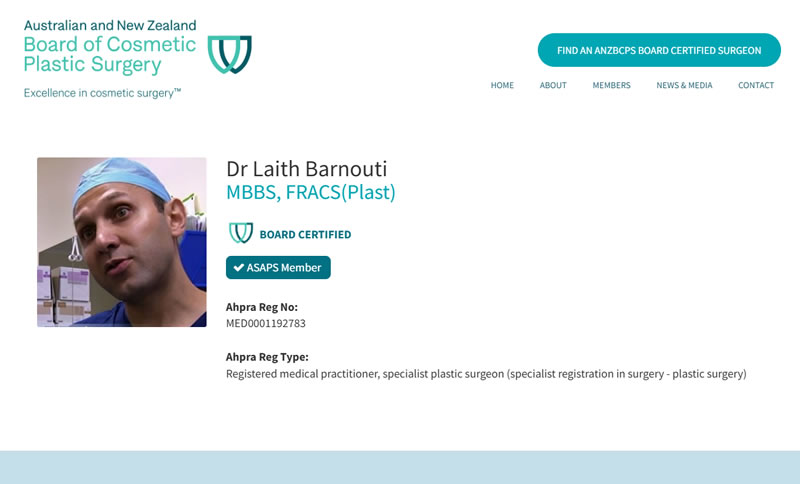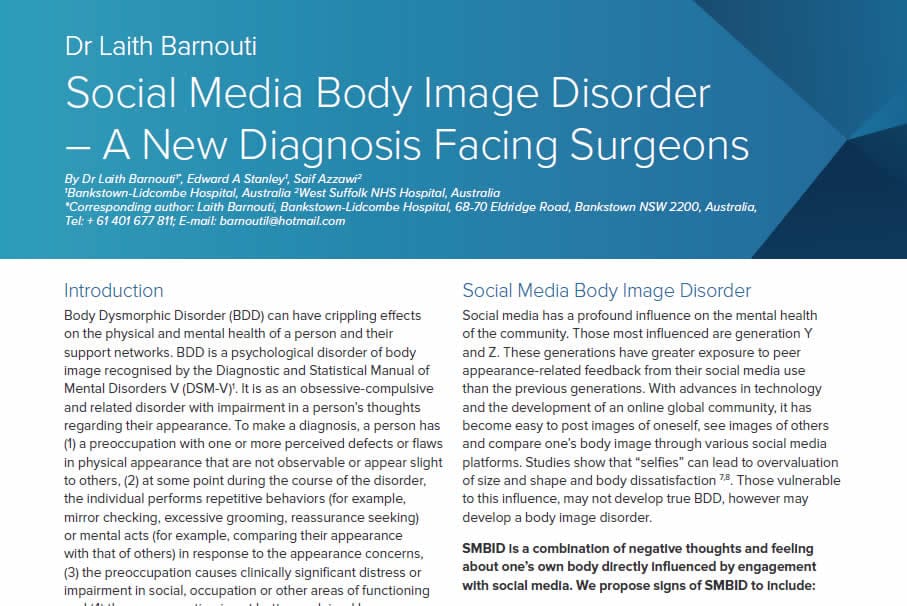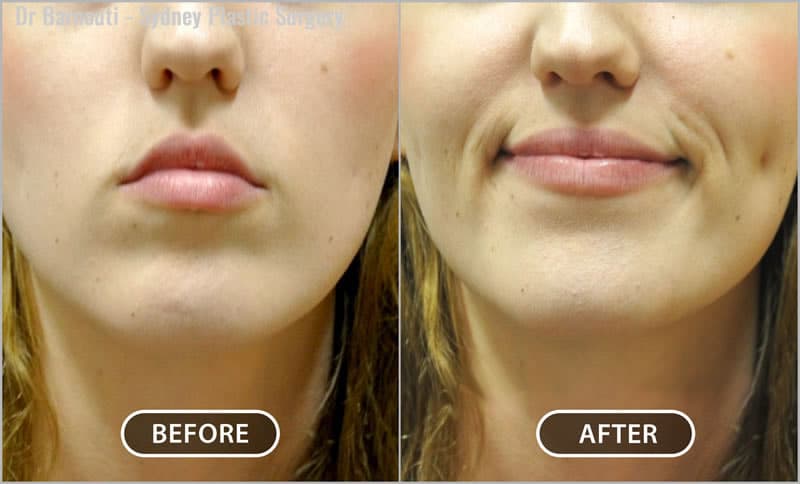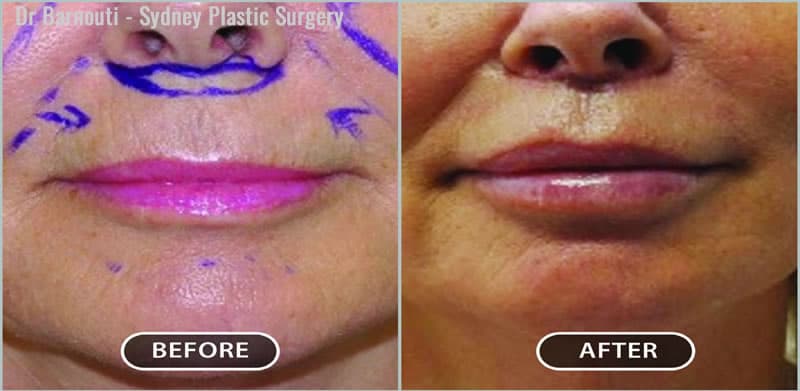The final nose shape is in harmony with the rest of the facial features.
This blog post is an excerpt from Dr Barnouti’s book “Your Guide To Modern Plastic Surgery: How To Enhance Your Natural Beauty And Avoid A Plastic Surgery Disaster” which is available now on Amazon.
Excess cartilage and bone are removed, allowing the natural skin envelope to shrink down to the smaller framework. My main objective in this procedure is to produce a natural-looking nose and improve or maintain the patient’s breathing capacity.
Some patients, such as Asian patients, require an augmentation rhinoplasty technique to enlarge the nose. This procedure uses either natural tissue or a nasal implant to create a nose that will match the patient’s facial and racial characteristics. See Chapter 7: Asian Plastic Surgery.
The skin of the nose has no shape; it is the underlying cartilage and bony architecture that provide shape. Therefore, smaller noses require precise placement of grafts from the patient’s own tissue and sometimes implant material (such as silicone, Gortex or Medpore) to produce a natural-looking nose.
Reshaping rhinoplasty may focus on the shape of the tip, the bridge or the root of the nose. Reshaping rhinoplasty can be addressed with a variety of procedures ranging from a simple non-invasive technique to a larger scale surgical procedure. Finally, some patients require work on their airway, and this can be achieved by performing a combined septo-rhinoplasty and turbinate reduction (the turbinate is an anatomical structure situated inside the nose that may become enlarged for a number of reasons). The surgery results in a pleasing shape and increased functionality of the nose, as demonstrated by improved breathing. Decision making happens after careful consideration. Some patients will benefit from “closed rhinoplasty,” where the surgery is performed from inside the nose with no visible outside scars. Others will be more suitable for “open rhinoplasty”, which involves an 8 mm incision in the columella (the vertical strip of tissue separating the nostrils) to lift the nose skin, so the procedure is done under direct vision.
A few patients who visit plastic surgeons require only septoplasty, or the correction of a deviated septum. In this procedure, the septum is straightened, meaning the deviated part of the septum is removed to open both airways and ensure easy breathing through both nostrils.
The initial consultation allows me to determine whether a patient is suitable for a “soft treatment” or whether a surgical solution is required. I can provide a soft treatment, such as filler to augment the nose, on the same day as the consultation.
Septo-rhinoplasty and turbinate reduction work together to improve breathing.
